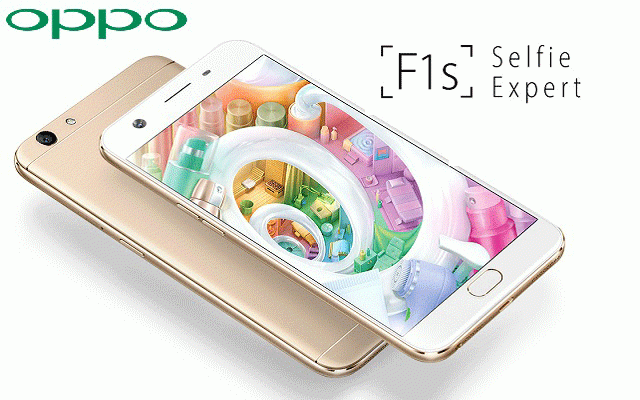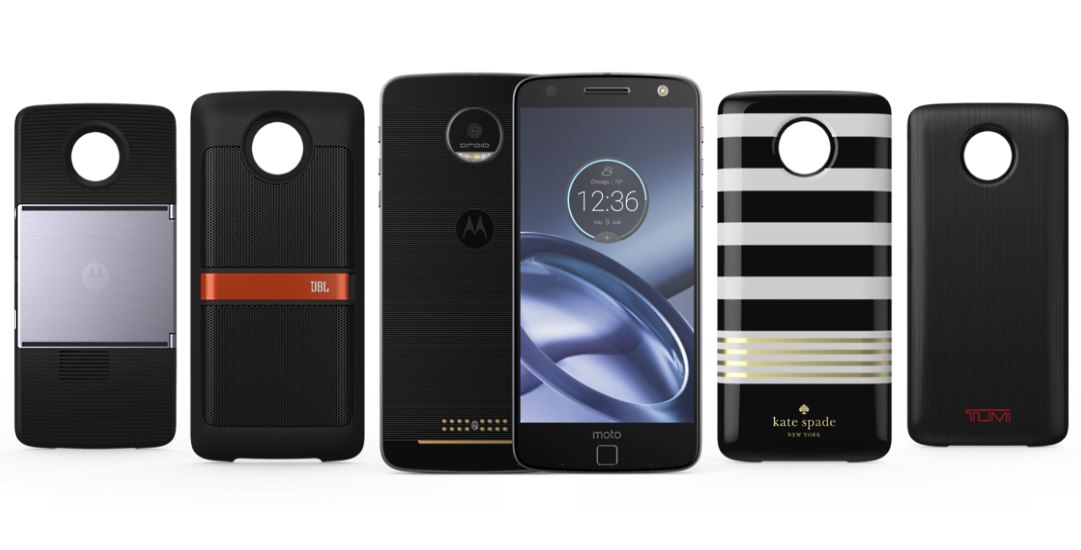Apple changed the way how smartphones work with the very first iPhone a decade ago, and the existence of Android gave some technology companies the opportunity to make smartphones to play against the iPhone. However, not all brands succeed in making Android smartphones, some decided to call it quits, some were sold to bigger business entities, while some are still struggling to make a name despite being active in the market. This year, we see brands like Nokia coming back with Android smartphones and a modernized 3310 feature phone, HTC bringing back the U branding moniker that it once used on its early batch of Android devices, and Motorola taking over Lenovo’s presence in the smartphone market. Can these once well known brands make a market impact where Apple, Oppo and Samsung dominates? What should these smartphone brands do to be relevant again in the market?
Branding needs to be done right
Smartphone makers are probably aware by now that customer loyalty is no longer a thing when it comes to selling smartphones, you may release a smartphone with a beautiful metallic design complete with a powerful specs sheet, and the next thing you know is to have competitors offering very much the same thing and probably with a lower price tag. Competing in price and specs is no longer viable today, which is why companies like Oppo has succeeded in selling its smartphones last year by merely branding their phones as a ‘Selfie Expert’, and the company continues its success with this year’s R9s smartphone, with a message of telling consumers that their smartphone cameras are now clearer.
To make a great comeback, these legacy smartphone companies can’t just simply bring back the old message on what it used to be back then, they require more than just good marketing to influence purchasing decisions, because the reason to own a smartphone these days isn’t really about its features and usability, but to create an entirely new brand message that makes them different from the rest of the competition.
Make new products, not reviving them
I commend on how Motorola has been taking things forward as a legacy smartphone brand, the Moto Z that we just reviewed was really fun to use with the Moto Mods, although the mods are rather expensive to own, you can’t deny that this is a new thing that not many other companies would have attempted to do so, and I expect the company to probably unveil the same concept with its new flagship devices this year. Making a come back isn’t all about reviving the best things you have done before, but to create something that the market doesn’t know that they want it.
Let’s look back at the first iPhone, people didn’t know that touch could be a lot more interesting with pinch to zoom gestures, and we won’t be looking for apps to make our smartphone experience better if it weren’t for an App Store, and nobody even expected that smartphones today can be a substitute for our laptops to send e-mails and browse the web. If legacy smartphone brands are just making hardware for the sake of existence in the market, no one will remember these brands and as I have said in my previous Technopinion, we don’t need more smartphone brands if they don’t make a difference. Period.
Software and User Experience
I don’t know about you but when it comes to purchasing a smartphone, I’m extremely particular about the overall user experience, while I’m glad that most legacy phone brands I know do tend to come with stock flavors of Android with very minimal skin customizations, there is still a need to make a difference apart from cosmetics. For instance, timely Android OS updates, is something that many other phone makers will not ever guarantee, while this initiative is subjected to the phone’s hardware, manufacturers can always ensure that their phones are always updated for at least two years.
What are your thoughts about legacy smartphone brands making a come back? Share with me your thoughts on what they should do to stay relevant in the market.



